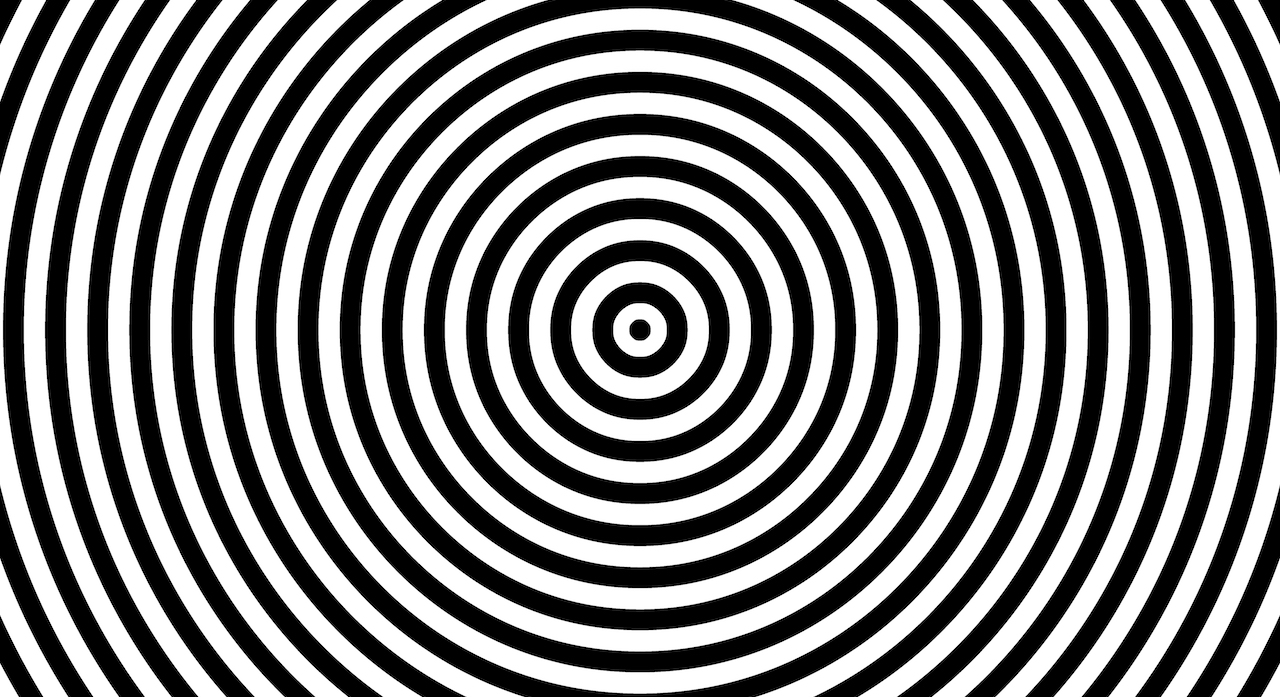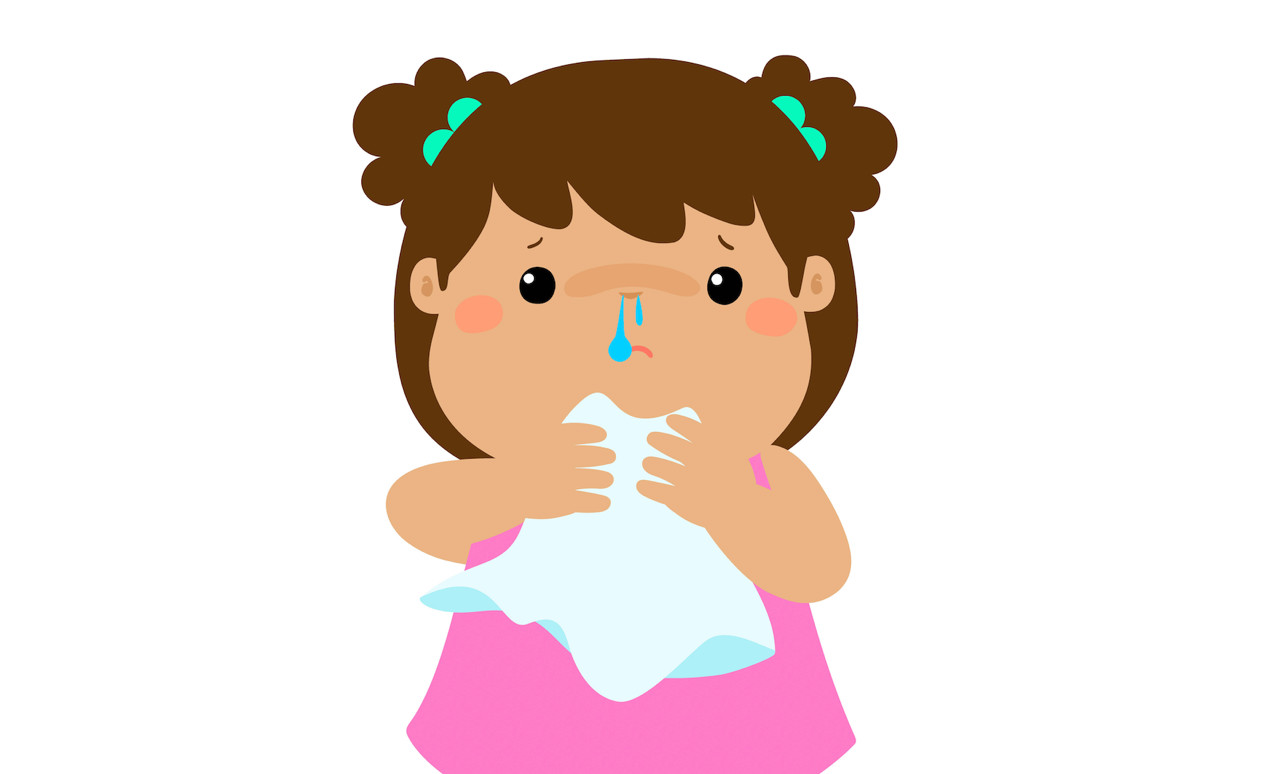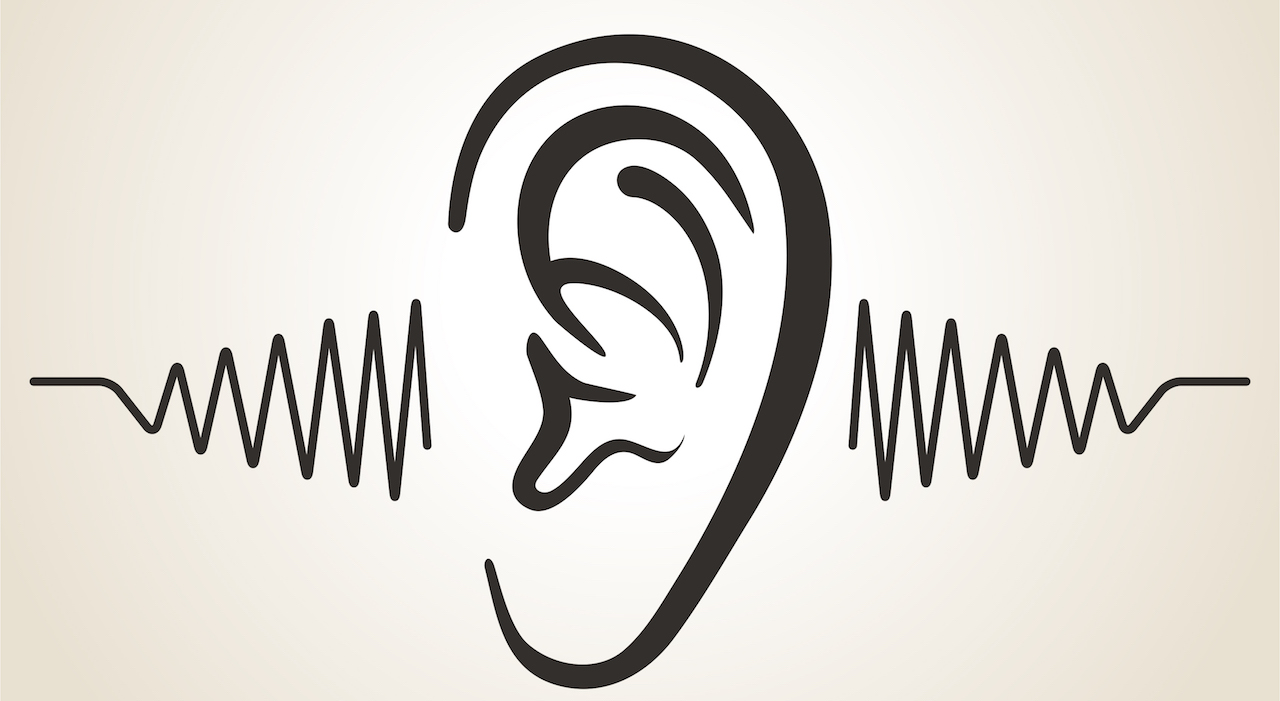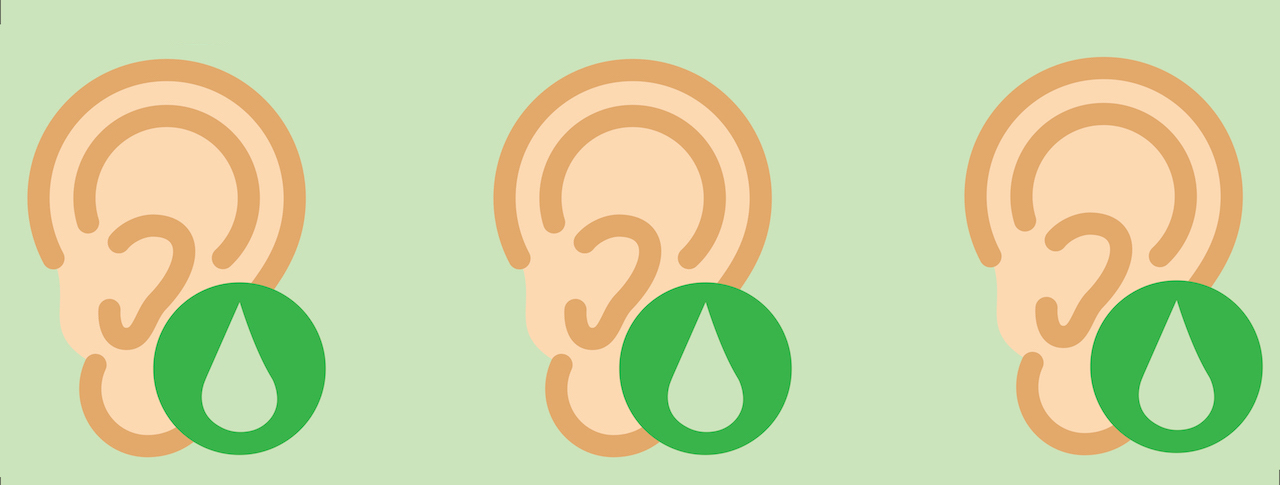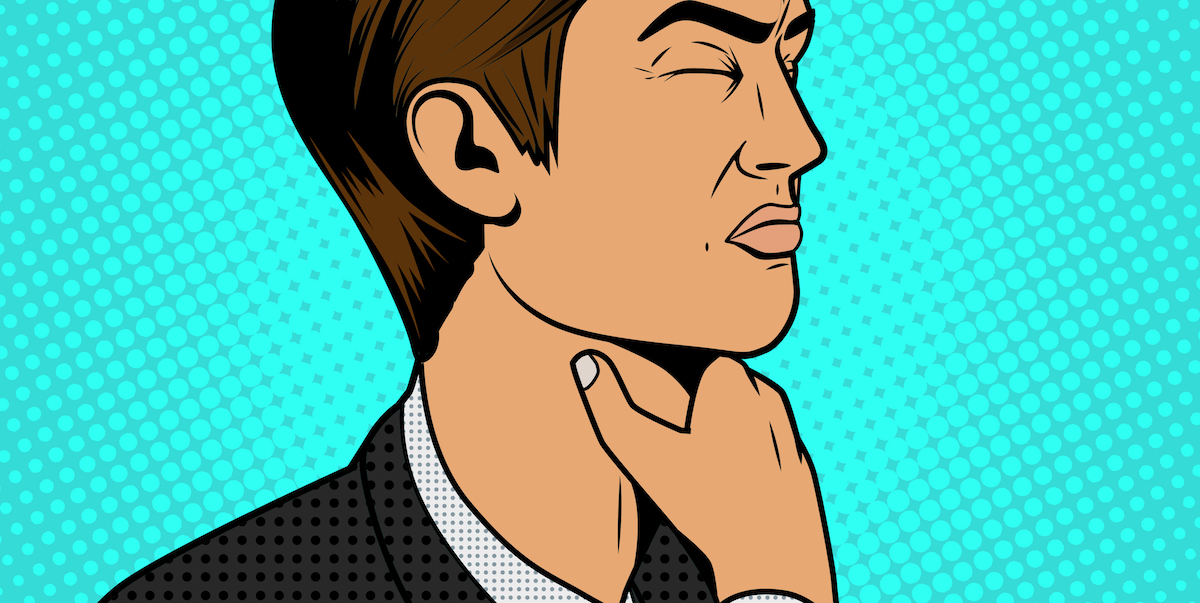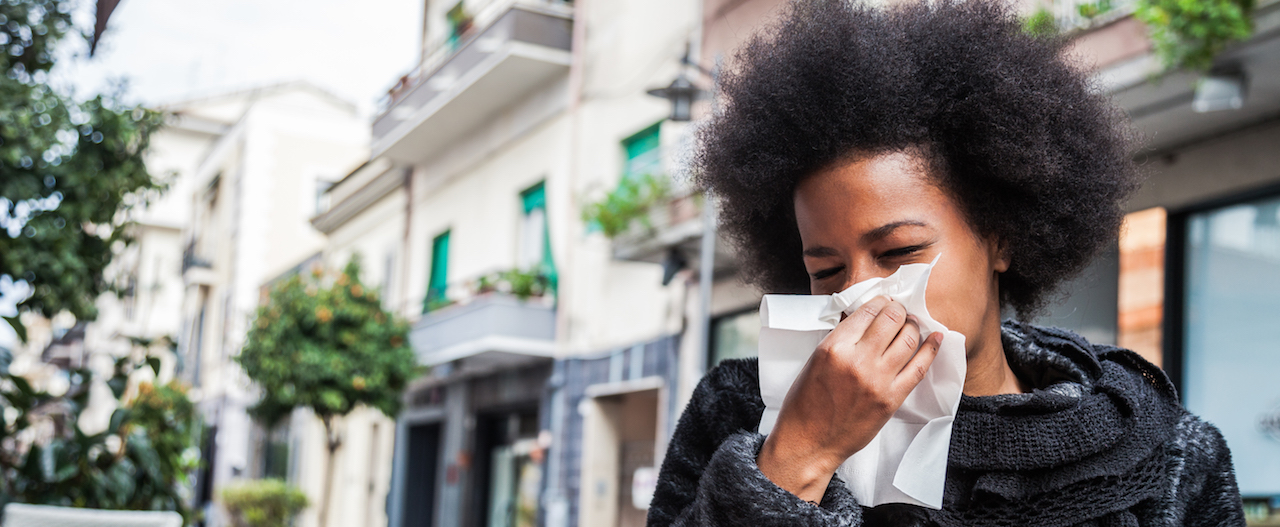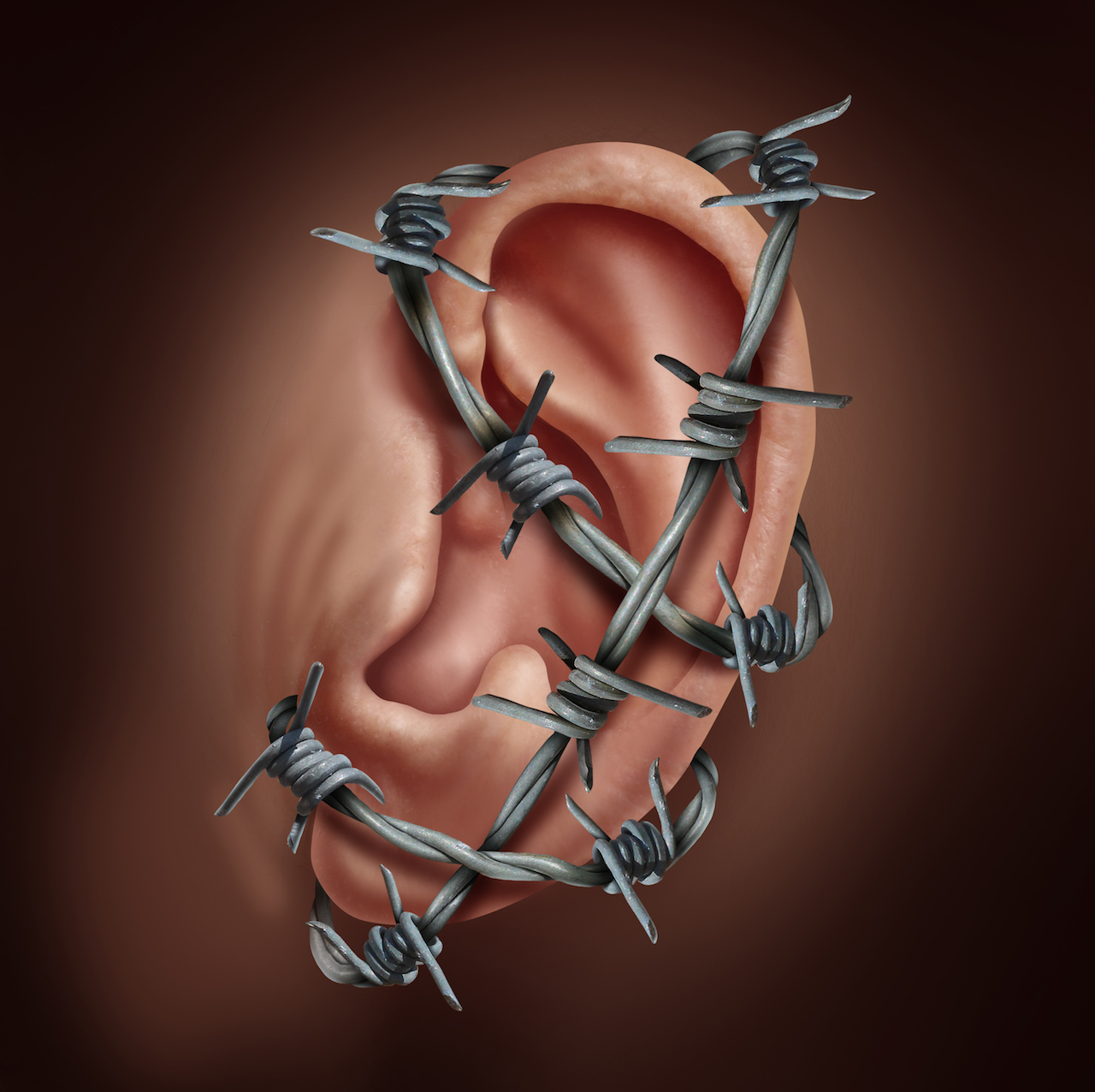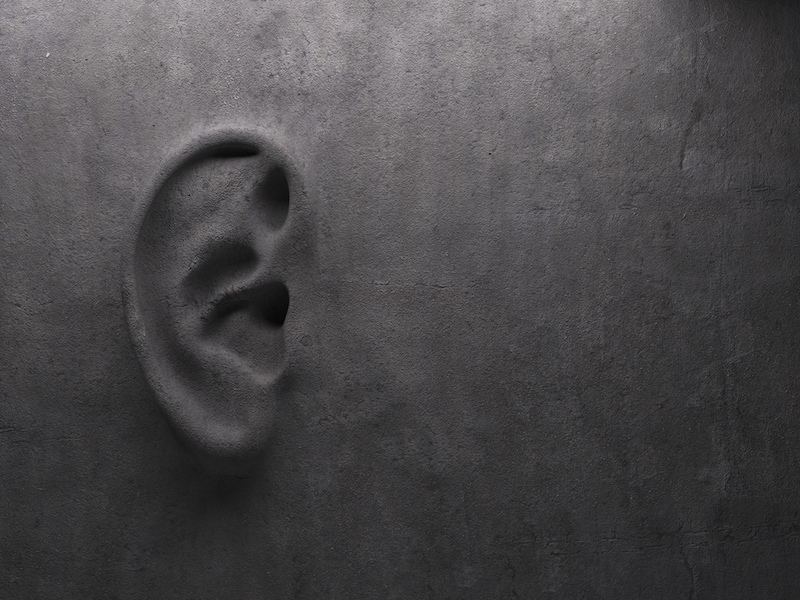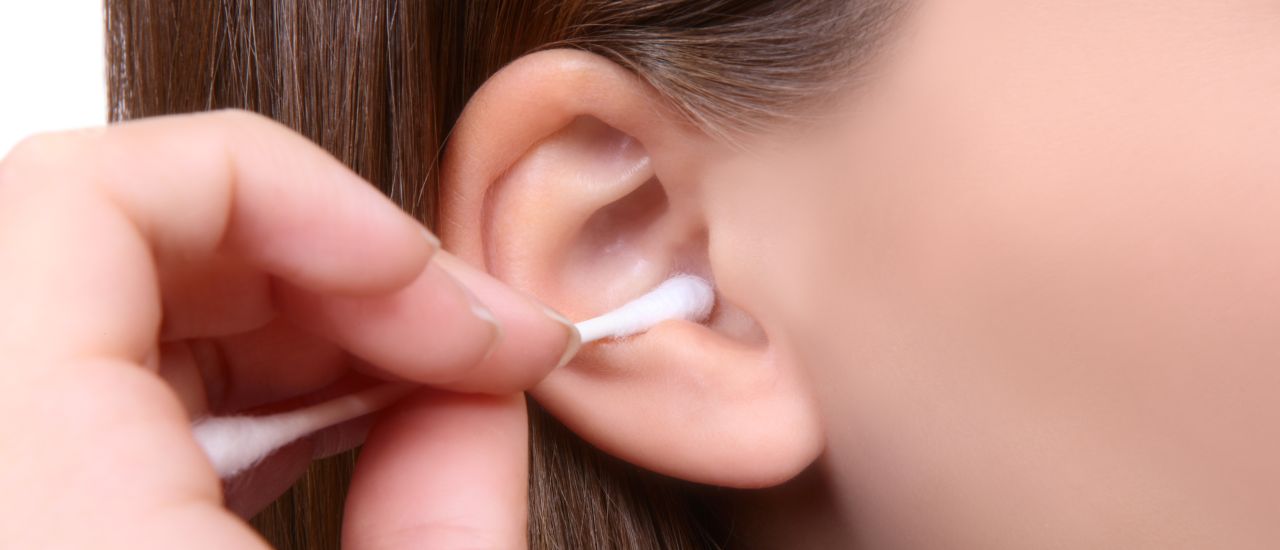If you also used to play on the merry-go-round, or spin yourself around when you were young, you would have felt that the world kept on spinning. This sensation is called vertigo, and it’s all fun and games when you’re 9 years old, but if the symptom doesn’t go away, it can be awful.
What is vertigo exactly?
Vertigo is a symptom, rather than a condition. It’s the sensation that you, or the environment around you, is moving or spinning even though you are standing still. In some cases, this feeling may be barely noticeable, but in others in can be so severe that doing everyday tasks, and sometimes even staying upright, can become a challenge.
Vertigo is often triggered by a change in the position of your head, and besides the sensations of spinning, tilting and swaying, other symptoms that accompany vertigo include
- Nausea and vomiting
- “Jerking” eye movements
- Headache
- Sweating
It can last only a few minutes to a few hours or more and may come and go.
What are the causes?
Vertigo is most commonly caused by a problem with the way balance works in the inner ear. Your inner ear is responsible for telling your brain if your body is upright, lying down or moving. If something goes wrong in the inner ear, your brain struggles to figure out what is happening with the position of your body.
There are several things that can affect the function of your inner ear:
- BPPV (benign paroxysmal positional vertigo). This occurs when tiny calcium particles clump up in canals of the inner ear. The inner ear is responsible for sending signals to the brain about head and body movements relative to gravity, which help keep your balance. Deposits within the inner ear interfere with this process
- Meniere’s disease. This is an inner ear disorder caused by a build up of fluid and changing pressure in the ear. It can cause episodes of vertigo along with tinnitus (ringing in the ears) and hearing loss
- Vestibular neuritis or labyrinthitis. This is an inner ear problem usually related to a viral infection. The infection causes inflammation in the inner ear around nerves that are important for helping the body sense balance
- Headaches and migraines
Can vertigo be treated?
In many cases, vertigo goes away without needing any treatment. Your body can use different mechanisms to maintain its balance – for example, messages from your feet and other senses can override the scrambled messages from the inner ear, which allows the brain to adapt and correct itself.
In more serious cases, however, the best treatment would depend on the underlying cause. Most common treatments include:
- Vestibular rehabilitation. This is a type of physical therapy aimed at strengthening the vestibular system and training other senses to compensate for vertigo.
- Canalith repositioning manoeuvres. These are specific head and body movements for BPPV, which are designed to dislodge the calcium deposits
- This can be used to both relieve symptoms such as nausea, or to treat any underlying infection or inflammation
What to do during an episode of vertigo
If you’re familiar with vertigo, you’ll know that certain things can make you feel better and some can make you feel worse! Print out this list and keep it handy so you’ll be able to remember which is which:
- sleep with your head slightly raised on two or more pillows
- get up slowly when getting out of bed and sit on the edge of the bed for a minute or so before standing
- avoid bending down to pick up items
- avoid looking up quickly and extending your neck (e.g. reaching up to a high shelf)
- move your head carefully and slowly during daily activities
- do exercises that trigger your vertigo, so your brain gets used to it and reduces the symptoms (do these only after making sure you won’t fall, and have support if needed)
When to see a doctor
Home treatment is usually effective in relieving symptoms. However, make an appointment with your doctor if:
- symptoms don’t go away or keep coming back
- symptoms are accompanied by temperatures, headaches or severe vomiting
If you’re worried, why not chat to one of our doctors? They’ll give you advice you can trust. If you’re not a member yet, just sign up here.
References
https://www.webmd.com/brain/vertigo-symptoms-causes-treatment#1
https://www.nhs.uk/conditions/vertigo/Pages/Introduction.aspx
https://www.medicinenet.com/vertigo_overview/article.htm

